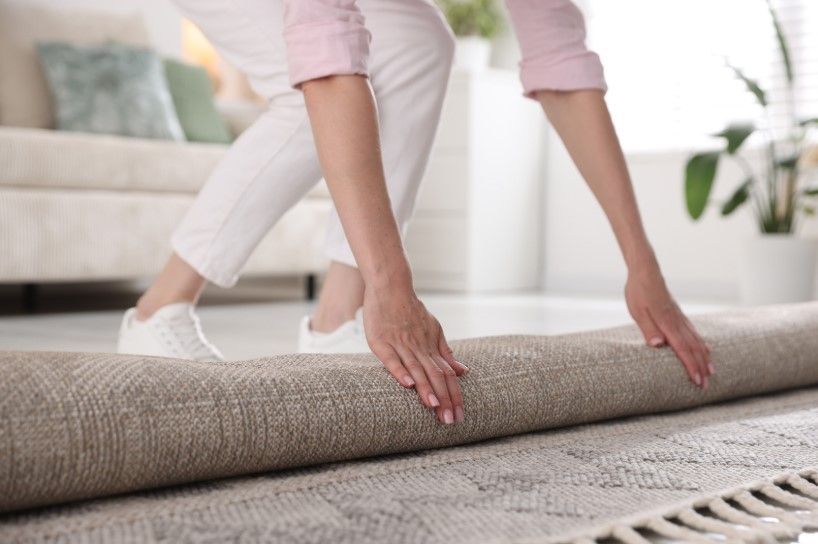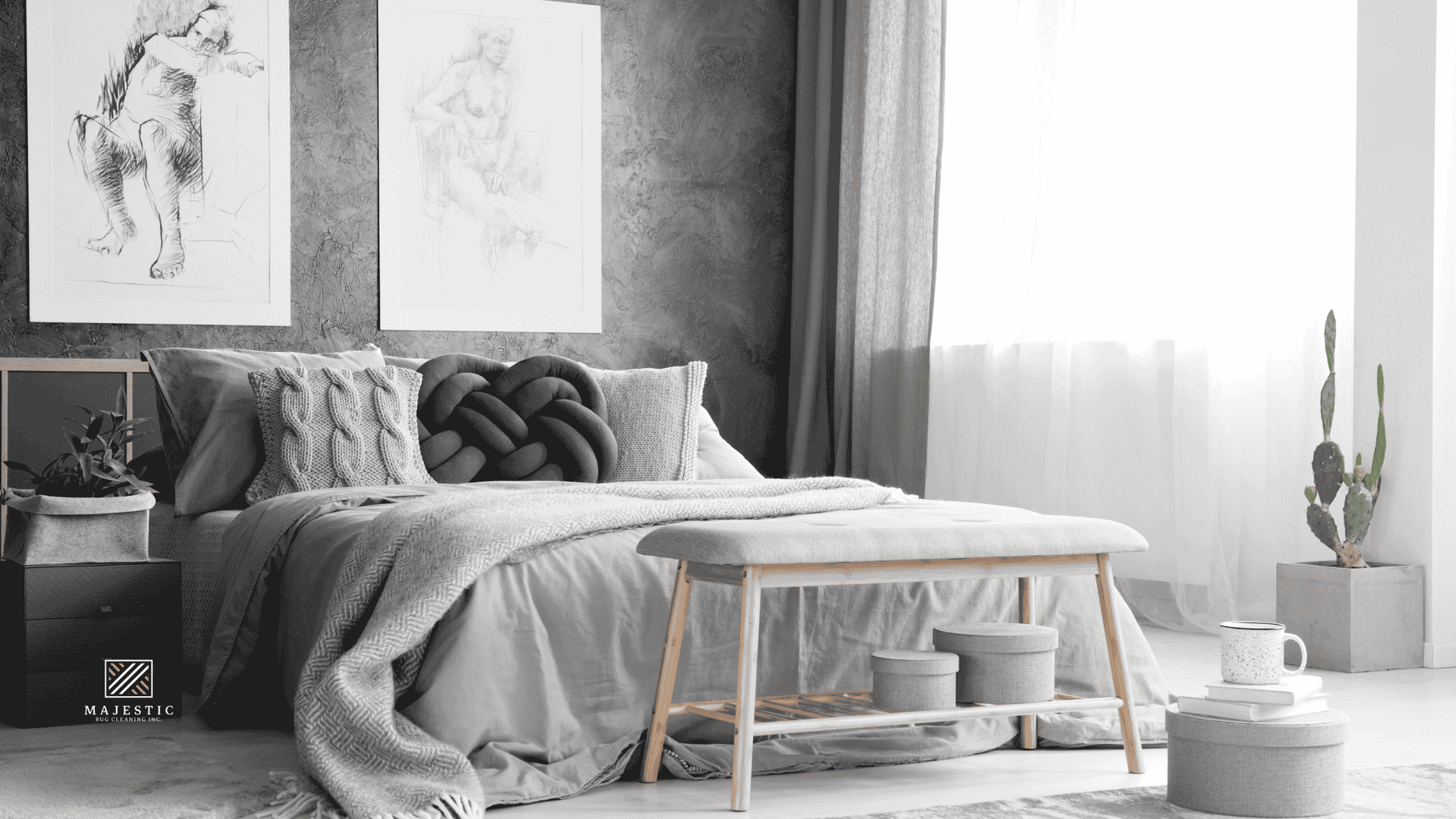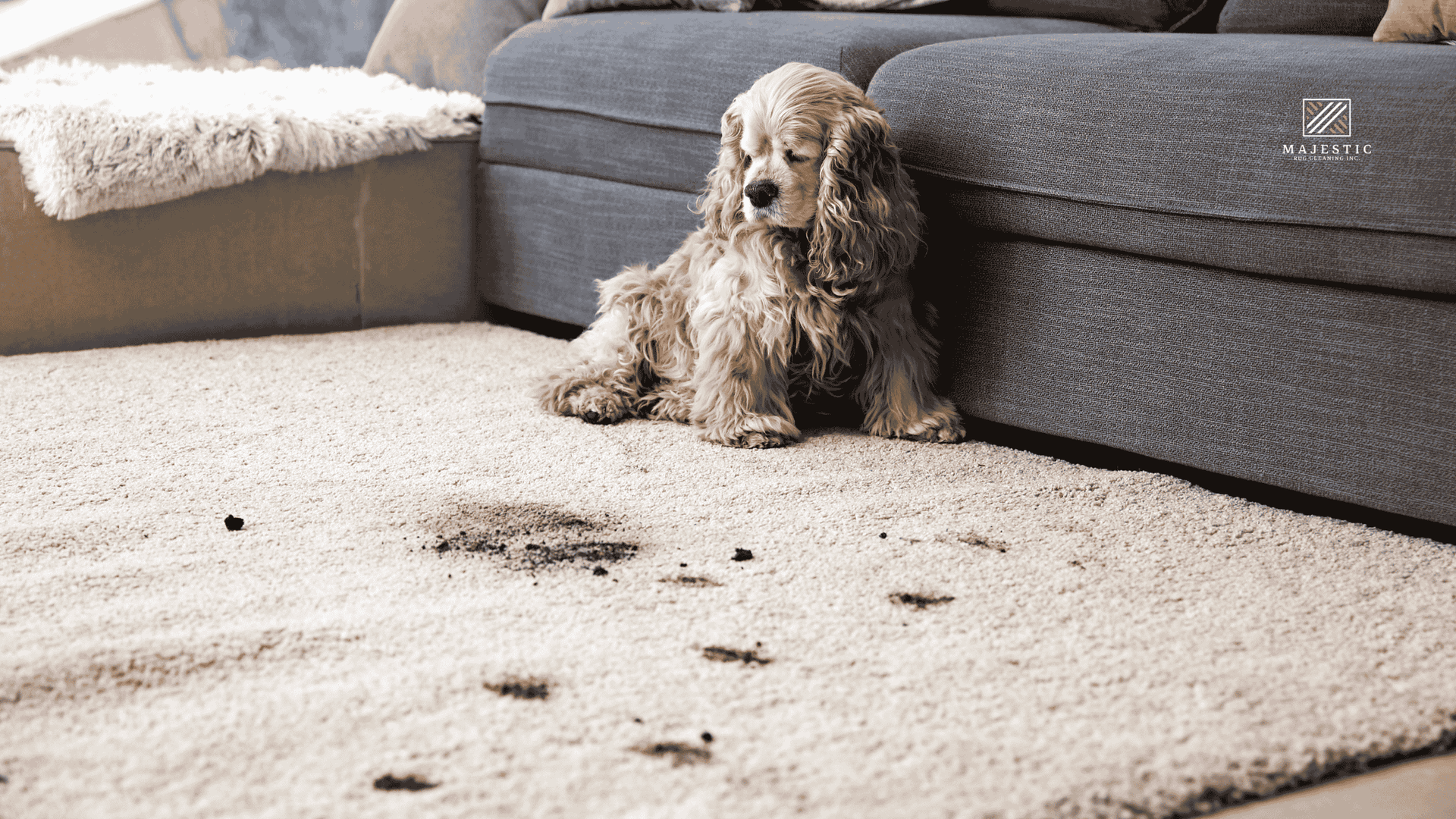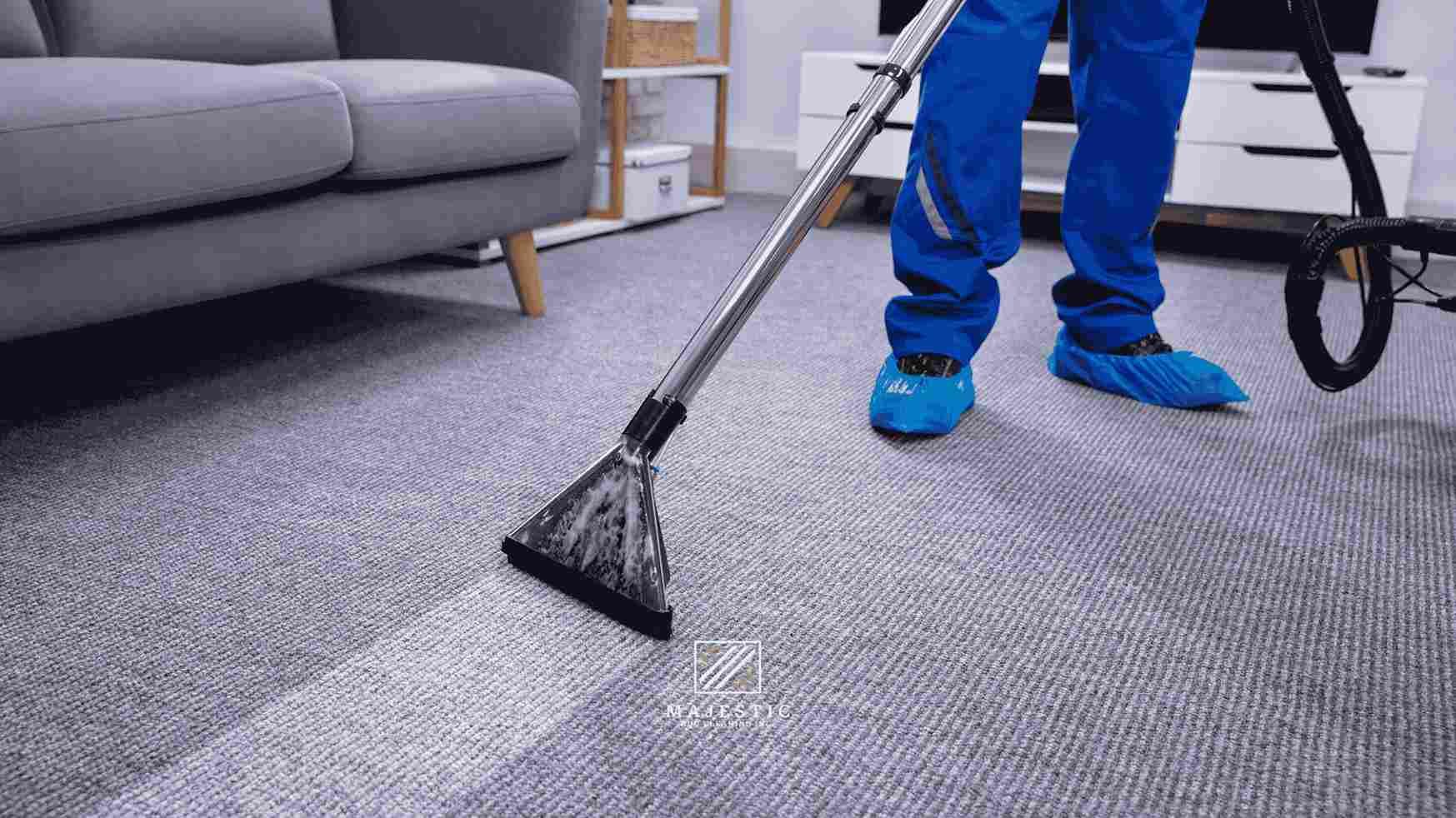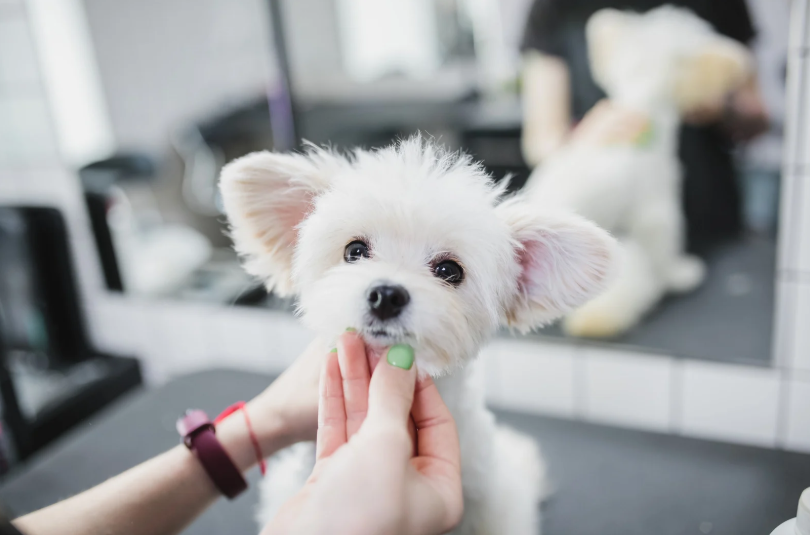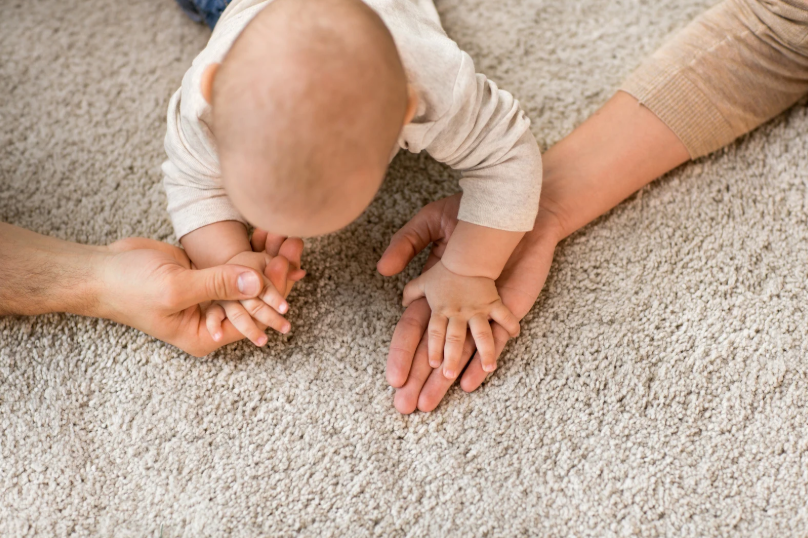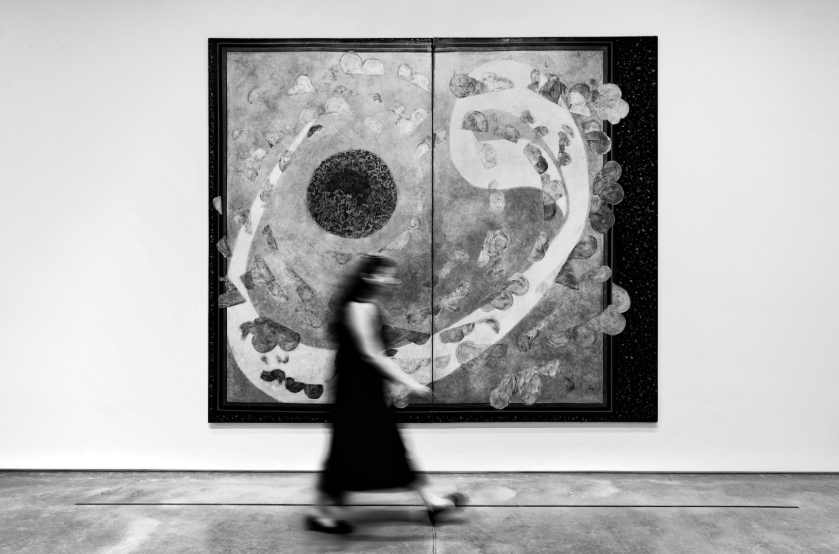Antique Rug Care: Tips for Loving and Preserving Your Investment
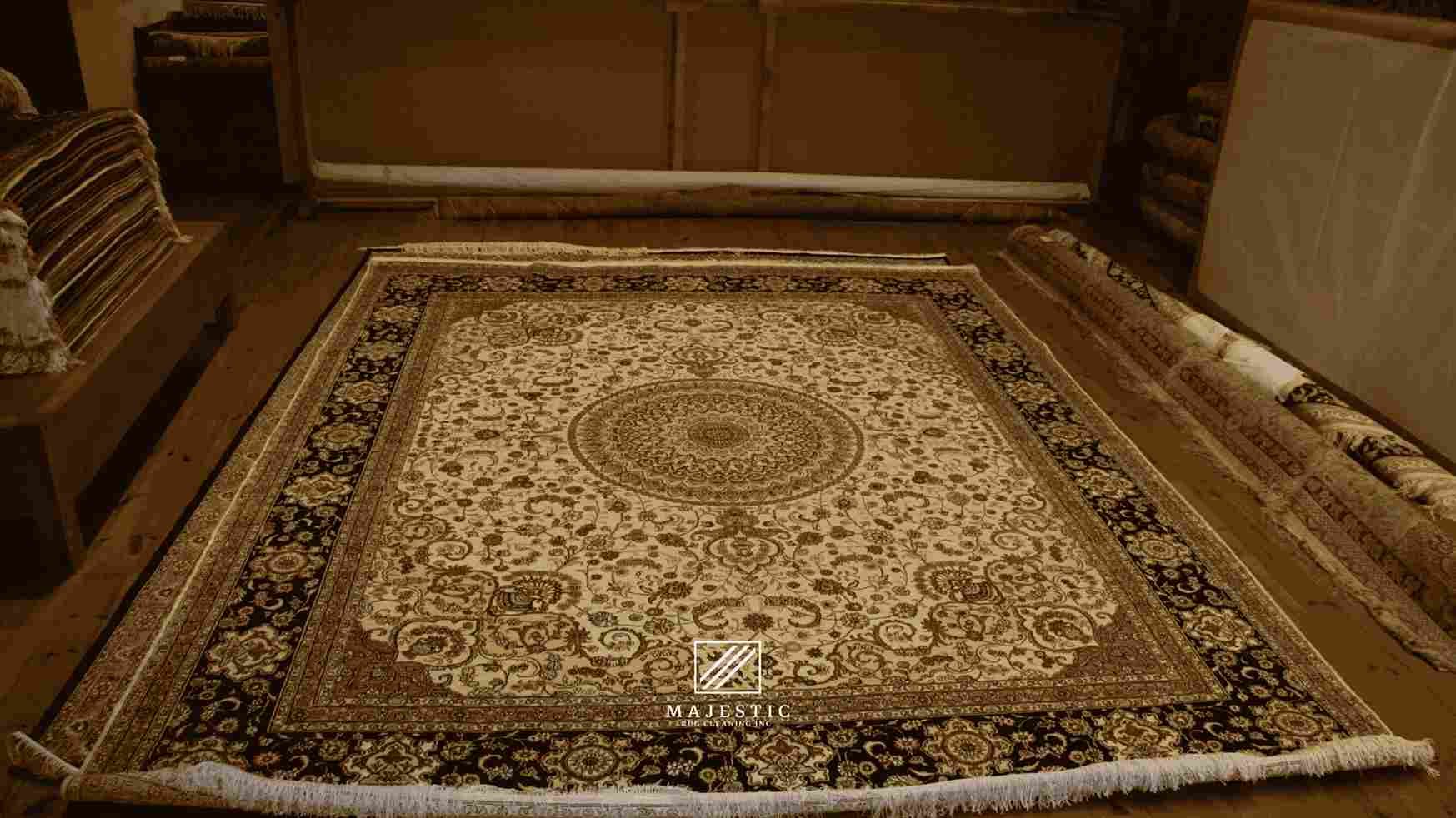
Imagine a 19th-century Kashan rug. It’s not in a museum. It’s on a living room floor, its deep pomegranate-red field glowing. It absorbed the footfalls of three generations, a spilled glass of champagne in the ‘20s, and the crayon scribbles of a toddler in the ‘80s. Yet, it’s still here, vibrant and whole. How? Through a partnership of mindful daily care and timely professional help. That rug isn’t just a floor covering; it’s a story you can walk on. Your rug can be, too.
Why Your Antique Rug Is a Different Beast
Let’s get one thing straight: the magnificent Persian heirloom in your study and a modern, machine-tufted rug from a big-box store are not the same. Not even close.
An antique rug is a masterpiece of natural engineering. Think hand-spun wool, rich with lanolin, that naturally repels dirt. Think dyes derived from plants and minerals—indigo, madder root, saffron—that create a stunning, nuanced color palette (abrash). These materials are woven onto an age-weakened cotton or wool foundation.
This is why they need a gentler touch. Aggressive chemicals and harsh cleaning methods can cause these natural dyes to bleed and brittle fibers to snap. Your heirloom rug maintenance isn’t just cleaning; it’s art conservation.
Daily Love: Five Simple Habits to Preserve Your Antique Rug
Great care isn’t about grand, time-consuming gestures. It’s about small, consistent habits that protect your investment from the daily grind. Here are five simple things you can do.
- Rotate, Rotate, Rotate.
Every six months to a year, turn your rug 180 degrees. This simple act balances the effects of foot traffic and sunlight, preventing one side from fading or wearing down while the other remains pristine.
- Vacuum with Care.
A beater bar will eat your heirloom for lunch. It yanks and breaks the delicate, hand-tied knots. Instead, use your vacuum’s upholstery attachment or a simple suction nozzle. Gently run your fingers over the surface, feeling the soft pull against the pile. Do this weekly, and you’ll stop abrasive grit from settling deep into the foundation.
- Blot, Never Scrub.
Spills happen. When they do, your instinct is to scrub. Don’t. Scrubbing grinds the stain deeper into the fibers. Instead, immediately blot the area with a clean, white cotton towel. Work from the outside of the spill inward to prevent it from spreading.
- Manage the Sun. That sunbeam hitting your Oushak looks beautiful, but it’s a silent enemy. UV rays are a primary cause of irreversible color fade. Consider applying a UV-protective film to your windows for added protection. It’s invisible, but it’s the best defense against the sun’s daily assault.
- Use the Right Foundation. The right rug pad is non-negotiable. It’s the shock absorber for your rug, preventing fiber stress, slippage, and wear. A cheap plastic or rubber pad can degrade and even bond to your floor. We recommend a solid felt or felt-rubber combination pad. [Learn more on our
Rug Padding
page.]
The DIY Sun-Fade Test in 3 Minutes
Worried about a specific window?
- Find a color swatch book from a paint store.
- Place it on the rug in the area that gets the most direct sun.
- Cover half of the swatch book with an opaque material, such as a thick book.
Leave it for a few weeks. When you remove the book, you'll see a clear difference if fading is a significant issue.
Deep Care: When and How to Get Your Rug Professionally Cleaned
Even with perfect daily habits, grit and soil will eventually work their way deep into your rug’s foundation. This embedded dirt acts like sandpaper, slowly grinding away at the fibers with every step.
So, how do you know it’s time for a professional clean? Here are two red-flag signs:
- The Colors Look Dull: If the vibrant reds and blues appear muted or brownish, it’s likely due to a film of fine dust.
- The Slap Test: Kneel and slap the rug firmly with your hand. If a cloud of dust erupts, it’s a cry for help.
Here’s the kicker: an on-site surface clean won’t cut it. That method only cleans the top of the pile and can leave behind soapy residue. At Majestic, we perform a full-immersion, in-plant wash—a process that replicates the traditional river-washing techniques used for centuries. It’s the only way to safely and thoroughly flush out all the embedded soil.
For most rugs, we recommend professional cleaning every 3-5 years, depending on the level of foot traffic.
Preservation Services You Should Know About
Sometimes, a rug needs more than a wash. Years of life can leave their mark. That's where true restoration artistry comes in, turning back the clock on damage and securing your rug for the next generation. This is how we preserve an antique rug.
- Reweaving & Re-knotting: For holes, tears, or worn spots, our artisans meticulously re-weave the foundation and then re-knot the pile, matching the original wool and dye lots.
- Edge & Fringe Repair: The sides (selvages) and fringe are the first areas to show wear. We offer hand-binding to secure the edges and can repair or replace damaged fringe to prevent further unraveling.
- Color Correction: Do you have a rug with faded spots or a botched, unnatural "tea wash"? We can often correct these issues, restoring the rug’s original, harmonious color palette.
- Protective Add-Ons: For extra peace of mind, consider our optional services, including mothproofing to deter pests, flameproofing for added safety, and an invisible fabric shield to help repel future spills.
If you're looking for the most trusted antique rug cleaning in NYC and beyond, you need a partner who understands these old-world techniques.
[Explore our Rug Restoration services.]
Common Enemies & How to Defeat Them
A few key culprits are responsible for most rug damage. Here’s your battle plan.
- Moths: They love undisturbed, dark places (like under a sofa). Vacuum these areas regularly. If you see tiny, silvery insects or sandy larval casings, call a professional immediately.
- Pets: For urine accidents, blot up as much as possible, then rinse with a small amount of club soda and blot dry. The ammonia can cause permanent dye damage, so a professional cleaning is essential to neutralize the spot.
- Moisture: A damp basement or a slow leak from a planter is a death sentence. It leads to mildew and dry rot, which destroys the foundation. Ensure your rug stays dry at all times.
- Bad DIY "Fixes": Please, step away from the off-the-shelf carpet cleaner. The harsh chemicals are designed for synthetic fibers and can be catastrophic for your antique. When in doubt, blot with water and call us.
Case Study: Dana’s 35-Year-Old Oriental Rug
Dana, a designer from SoHo, brought us her mother’s 35-year-old Oriental rug. It was a beautiful piece, but years in a high-traffic hallway had left it looking tired. The fringe was frayed, and a wine spill from years ago left a faint but noticeable shadow.
After our immersion wash, the rug’s colors brightened by an estimated 40%. The deep blues and ivories, once clouded by dirt, were crisp again. Our team hand-repaired the fringe and used specialized spotting techniques to lift the final traces of the old wine stain.
Dana’s feedback: “It looks like it did in my childhood home. You didn’t just clean it—you brought a memory back to life.”
Cost vs. Value: The Math of Preservation
A high-quality antique rug can appreciate by 5-10% per year. A professional restoration might cost a fraction of the rug’s total worth.
Think of it this way: you wouldn’t skip an oil change on a vintage car. Professional care for your rug isn’t a cost; it’s an investment in protecting a valuable, appreciating asset. It’s the smartest money you can spend to ensure your rug’s story continues for another generation.
Mini-Glossary
- Abrash: The subtle, natural variation in color that occurs in antique rugs due to differences in wool batches or dye lots. It’s a prized characteristic.
- Fringe: The warp threads extending from the ends of the rug. They are essential to its structure.
- Foundation: The underlying grid of cotton or wool threads (warps and wefts) upon which the pile is knotted.
- Pile: The soft, upright surface of the rug, created by the cut ends of the knots.
FAQs: Antique Rug Care Tips
Will washing shrink my rug?
Not when done correctly. Our controlled, cool-water immersion process and specialized drying rooms ensure that natural wool and cotton rugs are cleaned safely without risk of shrinkage.
Can I store my rug in a plastic bag?
Never. Plastic traps moisture and can cause mildew and dry rot. The best way to store a rug is to have it professionally cleaned, then rolled (never folded) and wrapped in a breathable material like Tyvek or a clean cotton sheet.
How do I handle pet accidents at 2 a.m.?
Blot immediately with a thick stack of paper towels. Stand on the towels to absorb as much liquid as possible. Then, lightly dampen a clean white cloth with club soda and continue blotting until the area is dry. Do not use soap or vinegar. Call us in the morning to schedule a proper neutralizing treatment.
What’s your service area, and how does pickup work?
Majestic Rug Cleaning serves the entire tri-state area. We offer convenient pickup and delivery. Just give us a call, and we can often schedule a pickup within the same week.
Your Rug’s Future Is in Your Hands
Your antique rug is more than just decor. It’s a piece of history, a work of art, and a family heirloom in the making. With the right balance of daily love and expert care, its beauty and value will only deepen with time. You don’t have to be an expert to protect it—you just need one on your side.
Ready to create a preservation plan for your treasured rug? Contact us for a free, no-pressure evaluation. We have pickup slots available this week.
Call
718-542-7474 /
212-922-0909 or
Request Your Free Quote Online Today.
